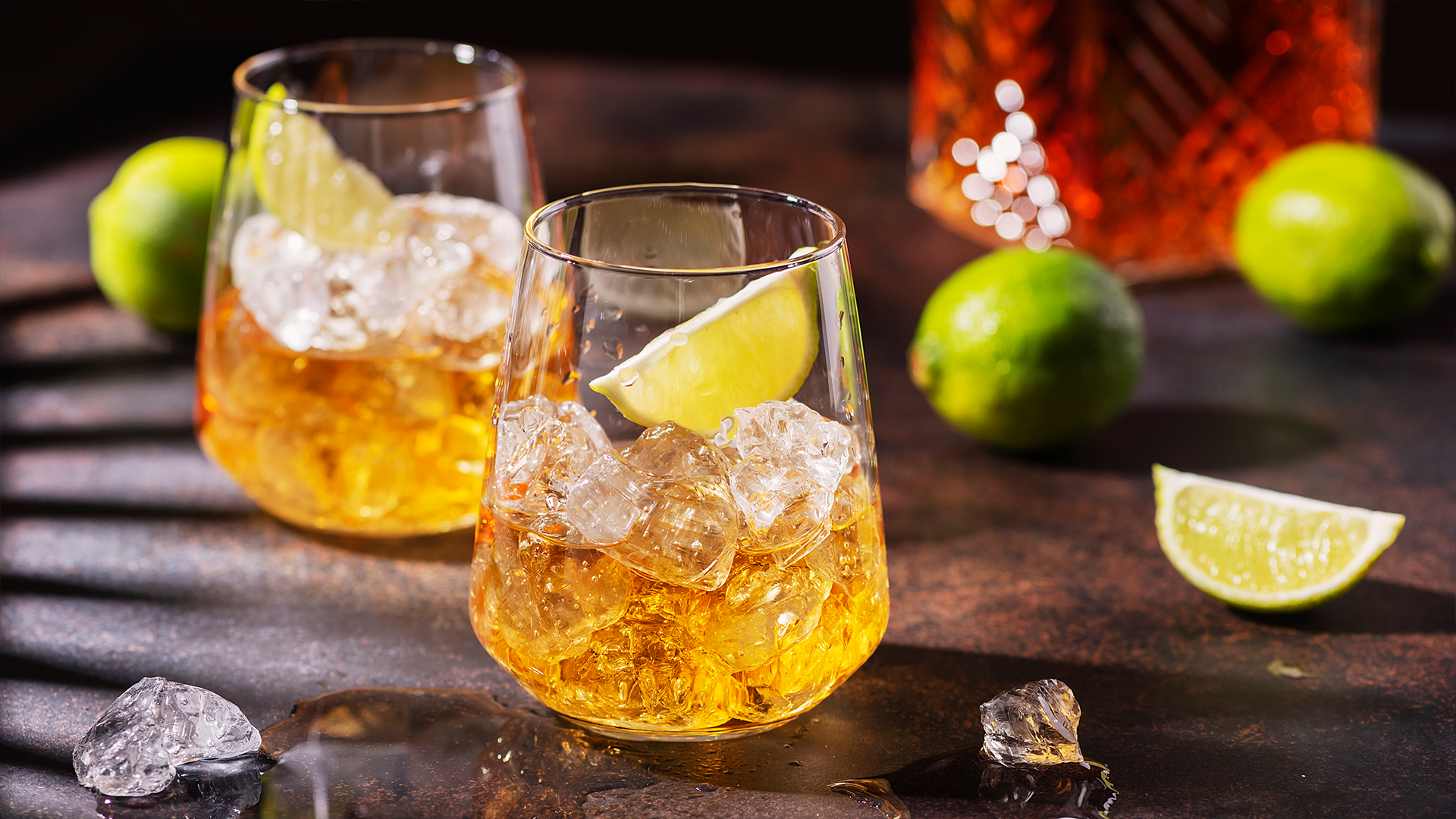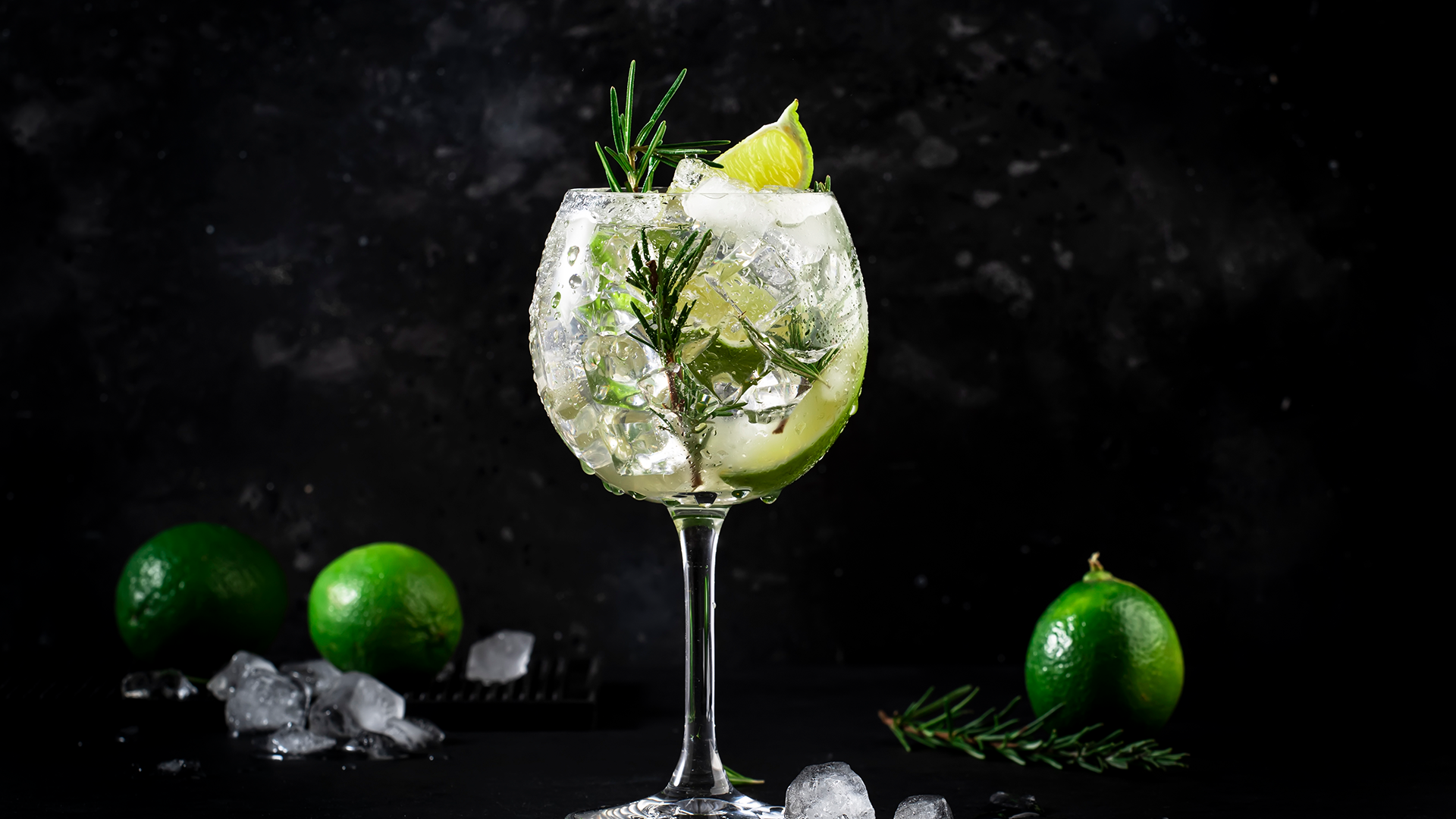Bourbon and the Prohibition: A History of America's Favourite Spirit
Bourbon is one of the most popular spirits in America, and for good reason. With its smooth taste and complex flavor profile, it has become a staple in many homes and bars across the country. However, the history of bourbon is a long and complicated one, with one of the most significant events in its history being the Prohibition era. In this article, we'll dive into the history of bourbon and how the Prohibition era affected its production and consumption.
The History of Bourbon
Bourbon has been a beloved spirit in America for over two centuries, with its roots dating back to the late 1700s. It is a type of whiskey that is made primarily from corn, with a minimum of 51% corn required to be classified as bourbon. The rest of the recipe can include a variety of grains, such as rye, barley, or wheat. The mixture is then aged in charred oak barrels, giving it its distinct colour and flavor.
The Birth of Bourbon
The origins of bourbon are still somewhat debated, but most historians agree that it was first distilled in Kentucky in the late 1700s. The name "bourbon" is believed to have originated from Bourbon County, Kentucky, where the first barrels were produced. However, there are also theories that suggest the name may have come from Bourbon Street in New Orleans, or from the French Bourbon dynasty.
The Rise of Bourbon
Bourbon's popularity grew rapidly in the 1800s, as it became more widely produced and distributed. It was especially popular in the South, where it became a symbol of Southern hospitality and culture. It was also exported to other countries, such as England and France, where it gained a reputation for its high quality and distinct flavor.
The Regulations of Bourbon
In 1964, Congress declared bourbon to be a "distinctive product of the United States," and established a set of regulations that must be met in order for a whiskey to be classified as bourbon. These regulations include the use of specific grains, the aging process in new charred oak barrels, and a minimum of 80 proof.
The Prohibition Era
The Prohibition era in the United States was a time period from 1920 to 1933 when the production, sale, and consumption of alcohol was illegal. This had a significant impact on the bourbon industry, as many distilleries were forced to shut down or switch to producing other products, such as medicinal whiskey.
The Impact on Bourbon Production
During Prohibition, the production of bourbon became illegal, which meant that many distilleries were forced to close their doors. However, some distilleries were able to stay open by producing whiskey for medicinal purposes. This loophole allowed them to continue producing whiskey, but it had to be sold with a prescription.
The Rise of Bootlegging
With the demand for alcohol still high, many people turned to bootlegging as a way to obtain their favorite spirits. Bootleggers were able to produce and distribute alcohol illegally, often with the help of corrupt law enforcement officials. This led to a rise in organized crime, as bootleggers and gangsters began to compete for control of the illegal alcohol market.
The Repeal of Prohibition
In 1933, Prohibition was repealed, which meant that the production and sale of alcohol became legal again. This was a major turning point for the bourbon industry, as many distilleries were able to reopen and resume production. However, it took some time for the industry to recover, and it wasn't until the 1950s and 60s that bourbon began to regain its popularity.
The Modern Bourbon Industry
Today, the bourbon industry is stronger than ever, with Kentucky remaining the heart of bourbon production. The state is home to many of the world's most famous bourbon distilleries, including Maker's Mark, Woodford Reserve, and Jim Beam.
The Popularity of Bourbon
Bourbon has seen a resurgence in popularity in recent years, with sales increasing both in the United States and internationally. This is partly due to the growing interest in craft and small-batch spirits, as well as the rise of cocktail culture. Bourbon is a versatile spirit that can be enjoyed neat or mixed into a variety of cocktails, making it a favourite of bartenders and home mycologists alike.
The Future of Bourbon
The future of bourbon looks bright, with new distilleries popping up all over the country and innovative new products hitting the market. However, there are also challenges facing the industry, such as the potential impact of climate change on the production of key ingredients like corn and the need to adapt to changing consumer preferences.
Conclusion
Bourbon has a rich and complex history, with the Prohibition era being just one of many significant events that have shaped the industry. Despite the challenges it has faced, bourbon has remained a beloved spirit in America and around the world, with a bright future ahead.
FAQs
- Is bourbon only produced in Kentucky?
While Kentucky is often considered the heart of bourbon production, bourbon can be made in any state in the United States, as long as it meets the legal requirements for classification as bourbon.
- What is the difference between bourbon and whiskey?
Bourbon is a type of whiskey that is made primarily from corn, while other types of whiskey may be made from different grains, such as rye or barley. Bourbon also has specific legal requirements for production and aging.
- How long does bourbon need to be aged?
Bourbon must be aged in new charred oak barrels for a minimum of two years to be considered "straight bourbon." However, many bourbons are aged for much longer than this.
- What is the best way to enjoy bourbon?
Bourbon can be enjoyed in a variety of ways, depending on personal preference. Some people prefer to drink it neat or on the rocks, while others enjoy it mixed into cocktails.
- Is bourbon gluten-free?
Bourbon is made from grains that contain gluten, so it is not technically gluten-free. However, the distillation process removes most of the gluten, so many people with gluten sensitivities are able to enjoy bourbon without issue.
Is all this talk of Bourbon making you thirsty? Check out our selection of favourite full strength bourbon and out Bourbon RTDs.




